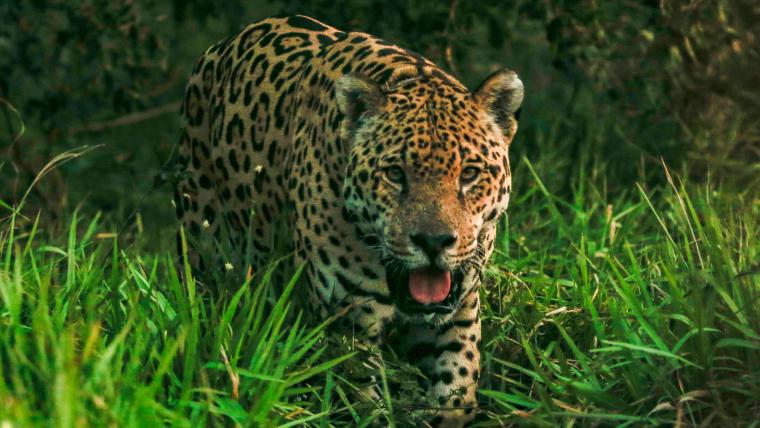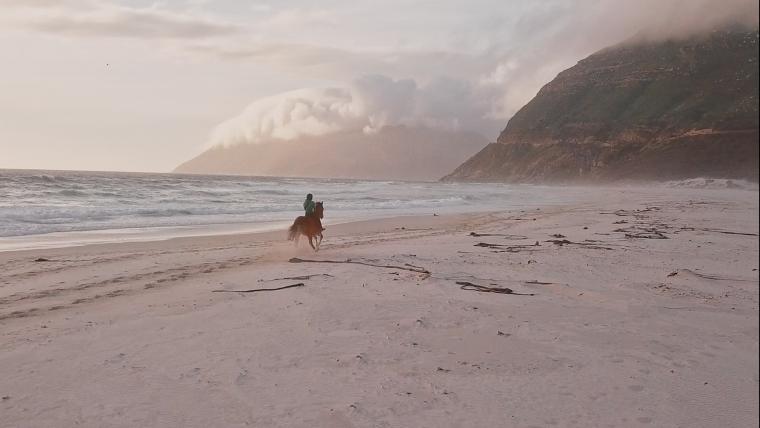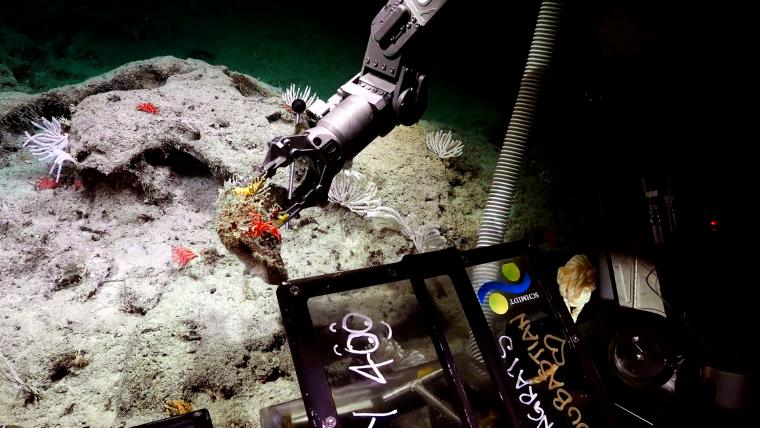
A roaring return: How Argentina’s jaguars are clawing their way back home
The jaguar lopes through the shimmering heat, oozing power. As the biggest cat in the Americas, there’s not much that could steal its swagger. But while animals seldom pose a threat to jaguars, people certainly do. Over 50% of their original habitat has been encroached upon over the last century, leaving these felines with increasingly less space to live, hunt, and reproduce. But thanks to the crucial work done by Rewilding Argentina, hope is clawing its way back for these big cats.
Stretching across the north-eastern corner of Argentina, Iberá National Park is the foundation of the jaguar’s comeback in this region. Through a collaborative effort by government agencies, Rewilding Argentina, and Tompkins Conservation, approximately 158 000 hectares of land have been secured for the protection of flora and fauna. Previously hunted to extinction, the jaguars that have been released into the area are the first to inhabit it in 70 years.
In the far-reaching wetlands here, the cats are able to test the waters of life in the wild. Jaguars are excellent swimmers, cruising across rivers and marshes with ease. They are also deadly hunters with formidable bites, known to take down hefty prey with just the might of their teeth and jaws. To the novice feline observer, jaguars and leopards appear indistinguishable. But a couple of giveaways is that jaguars are broader than leopards, and have dots inside their rosettes.
The most recent spotted additions to the reserve are orphaned sisters Juruna and Mariua. Their mother died in a poaching incident, and the cubs were rescued and rehabilitated in Brazil before being relocated to the park’s Jaguar Reintroduction Project. After a period of quarantine, the duo is now free to roam. Along with the handful of other jaguars in the reserve, they signal a new and encouraging era for these creatures. Finally, the threatened jaguar species has a place to call home.






























Please sign in to leave a comment